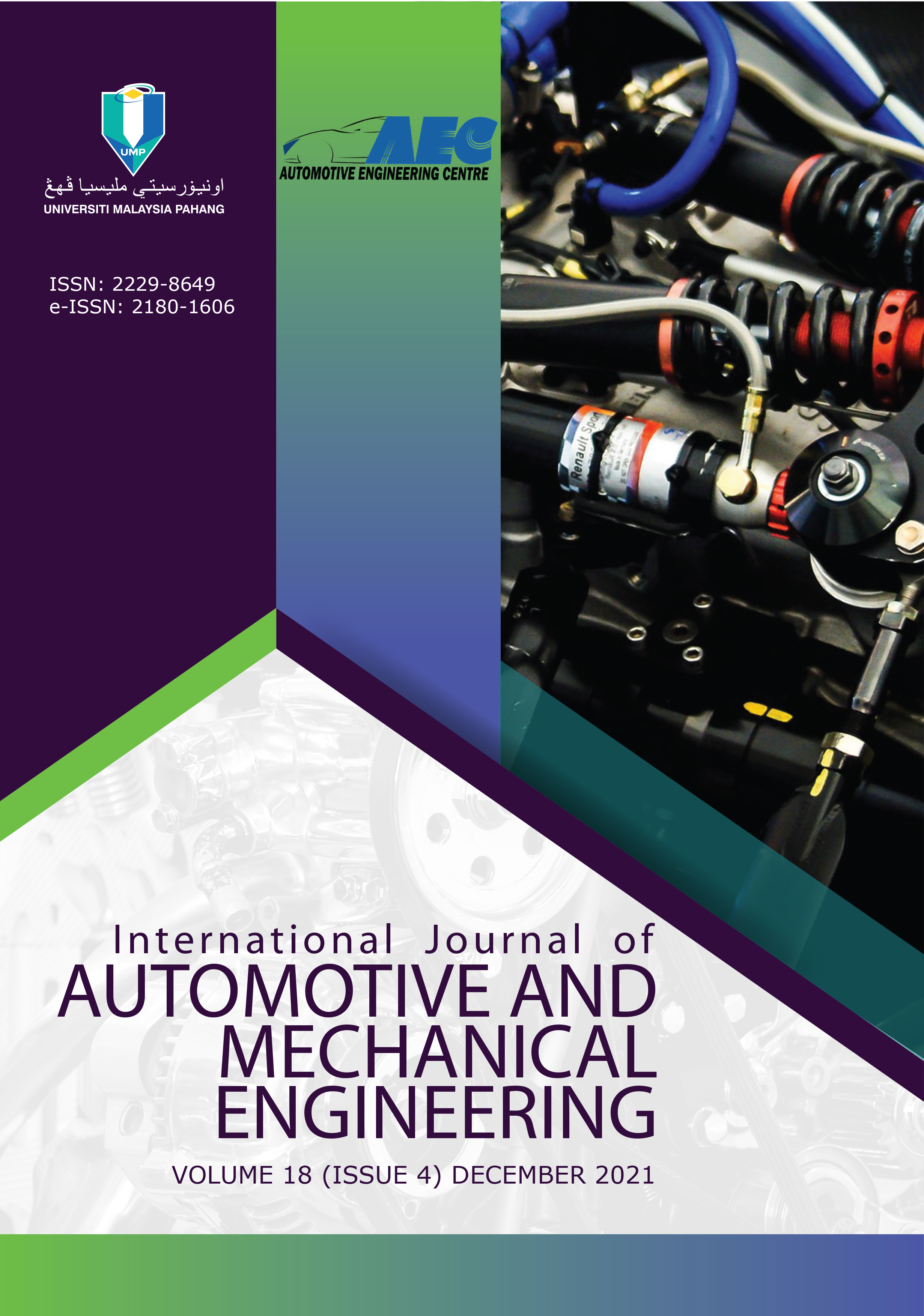Assessment of Partially Premixed Flame by In-Situ Adaptive Reduced Mechanisms in OpenFOAM
DOI:
https://doi.org/10.15282/ijame.18.4.2021.06.0709Keywords:
CFD; Flame; Reacting flow; Reduced mechanism; TDACAbstract
The partially premixed flame was modelled using an open-source software based on finite volume method (FVM) of computational fluid dynamics (CFD), called OpenFOAM. The assessment of the tabulation dynamics adaptive chemistry (TDAC) algorithms for facilitating the computation was of interest. A total of seven models were performed, consisting of six models of the TDAC framework application and a direct computation model without TDAC. Simulation results were validated by comparing against the thermal flame height (HT) of Irandoost et al. [28]. The heat released rate was established from simulation results to identify the flame front and HT. This is a novel technique to illustrate the flame front, which agreed well with the experiment. Subsequently, it was found that all but one of the reduced mechanism methods agreed well in predicting the HT. The exception was DRGEP. Particularly, the CFD results were optimal. It was discovered that the TDAC based on the mechanism reduction called element flux analysis (EFA) was the second-fastest but optimal choice to solve the partially premixed flame model.
Downloads
Published
Issue
Section
License
Copyright (c) 2021 Universiti Malaysia Pahang Publishing

This work is licensed under a Creative Commons Attribution 4.0 International License.







